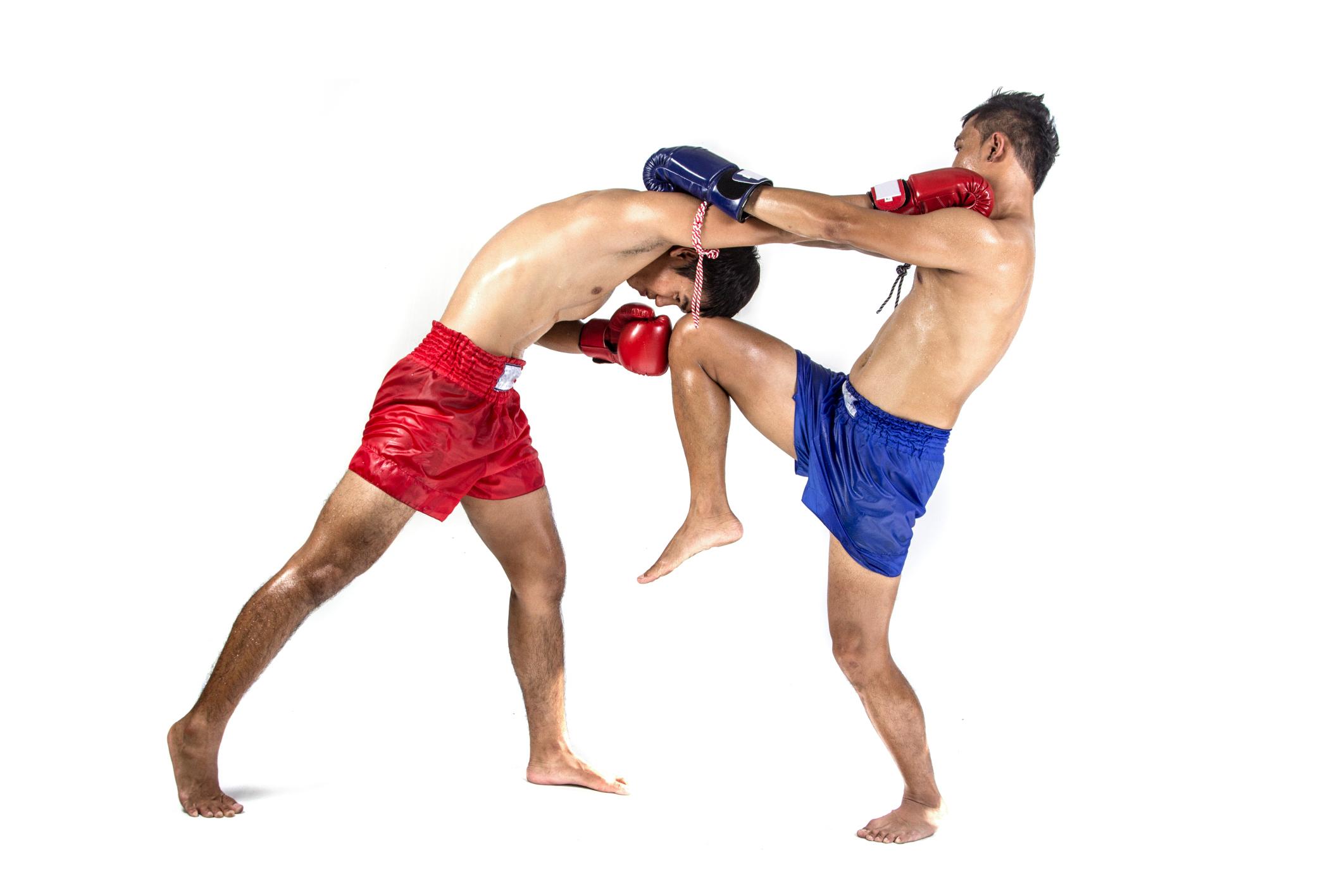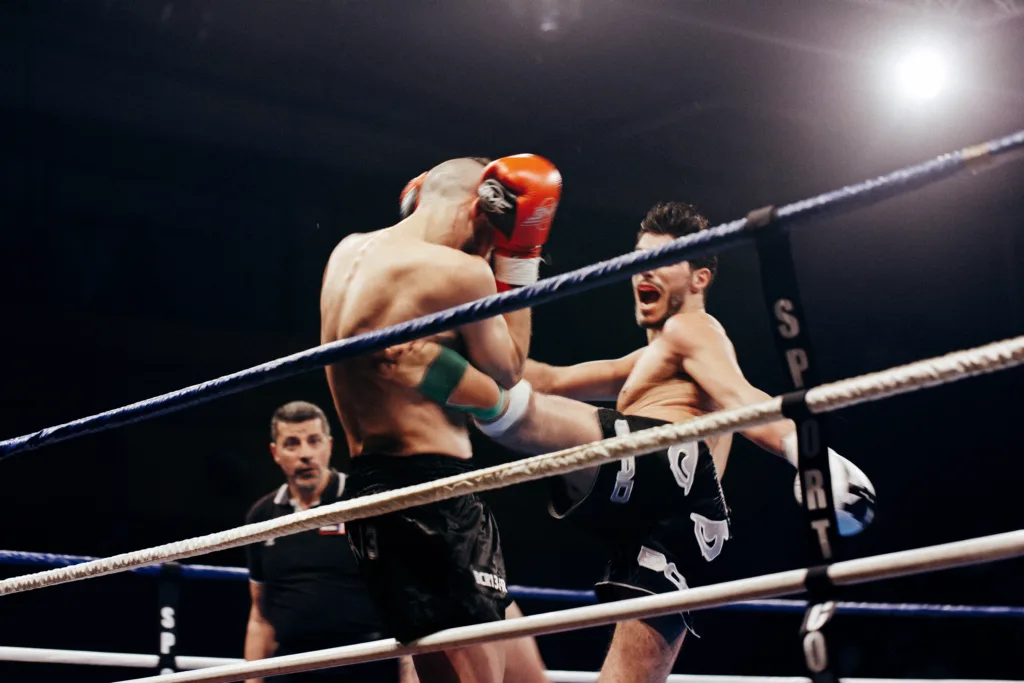Kickboxing is a combat sport that involves striking an opponent with punches, kicks, and knee strikes. Knee strikes, in particular, are a powerful tool in a fighter’s arsenal, but their use is restricted in certain types of kickboxing.
In traditional full-contact kickboxing, knees are not allowed. Fighters are only permitted to strike with punches and kicks, making the fights more similar to boxing with kicks involved. These fights are typically 12 rounds and do not alow clinching or holding for any reason other than to immediately attack with a knee strike.
In K1 kickboxing, however, knees are allowed, along with leg kicks, making it a more versatile and dynamic form of kickboxing. K1 fights are typically three rounds of three minutes each, and fighters are allowed to clinch in order to immediately attack with a legal knee strike (or strikes).
While knees can be a powerful weapon in kickboxing, they can also be dangerous. This is why some mixed martial arts organizations disallow knee strikes, especially to the head. Elbow strikes are also disallowed in many modern combat sports due to the increased risk of lacerations.
However, in traditional martial arts, elbows and knees are commonly used in combat. The reason for their disallowance in other sports, including hard brutal kickboxing styles and full-contact fighting such as Savate and Japanese shootboxing, is mainly due to the potential for serious injury or even death.
Knees can be a valuable tool in a kickboxer’s arsenal, but their use is restricted in certain types of kickboxing. It is important for fighters to understand the rules and regulations of the specific kickboxing style they are competing in, as well as the potential risks and benefits of utilizing knee strikes in combat.
Are Knees Allowed In Glory Kickboxing?
Knees are allowed in Glory Kickboxing, but only when delivered from a clinch position. Grabbing or holding an opponent for any reason other than to immediately attack with a knee strike (or strikes) is considered a foul. However, a fighter may clinch in order to immediately attack with a legal knee strike (or strikes). It’s important to note that knees are not allowed to the head of a grounded opponent, regardless of whether they are in a clinch position or not.

Are Knees Allowed In K-1?
Knees are allowed in K-1. K-1 rules allow all types of strikes that are also permitted in full contact kickboxing, including punches, kicks, and knee strikes. However, in K-1, leg kicks are also allowed, which is not the case in full contact kickboxing. K-1 fights typically consist of three rounds, each lasting for three minutes.
Why Are Elbows Not Allowed In Kickboxing?
Elbows are not allowed in kickboxing because they pose a high risk of causing cuts and lacerations on the face and head of the opponent. Kickboxing is a combat sport that involves striking with fists and feet, but elbow strikes are generally disallowed to reduce the chances of serious injuries. The use of elbows in fighting can cause serious damage to the opponent’s face, head, and even neck, whch can lead to severe injuries and even death in extreme cases. Therefore, the rules and regulations of kickboxing competitions prohibit the use of elbow strikes to ensure the safety of the fighters. Although elbows are allowed in some traditional martial arts, they are not permitted in most modern combat sports, including kickboxing.
Are Knees Allowed In Kickboxing Reddit?
In general, knees are allowed in kickboxing on Reddit. However, the specific rules and regulations may vary depending on the organization or event in question. Some kickboxing organizations may have restrictions on the use of knees, such as requiring knee strikes to be delivered only to certain areas of the body or only allowing certain types of knee strikes. It is important for participants to familiarize themselves with the rules and regulations of their particular kickboxing organization or event to ensure they are using legal techniques.

Conclusion
Knees are a highly effective and devastating strike in kickboxing. However, teir use is regulated in different combat sports due to the high risk of injury and potentially fatal consequences. The rules around knees and clinching vary between different styles of kickboxing, with some allowing their use in certain contexts, while others prohibit them entirely. Despite their potential danger, knees remain a valuable weapon in the arsenal of any skilled kickboxer, and their careful and strategic use can make all the difference in a high-level bout. As with any combat sports technique, it is important for fighters to train and practice knees under the guidance of experienced coaches and with appropriate protective gear in order to minimize the risk of injury and maximize their effectiveness in the ring.
